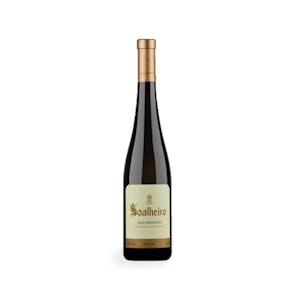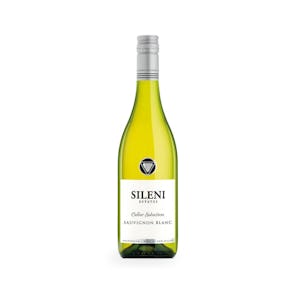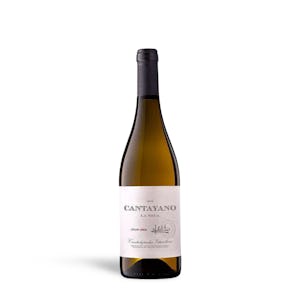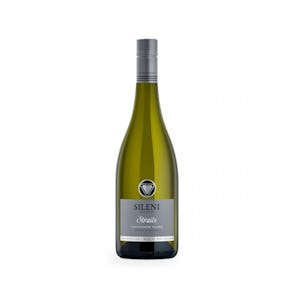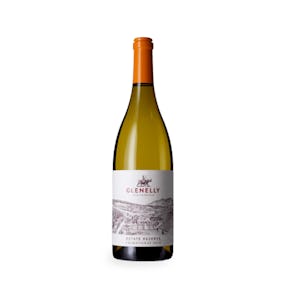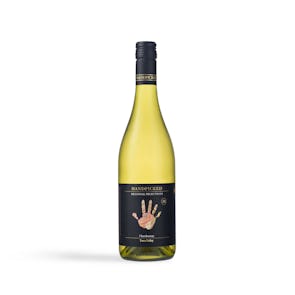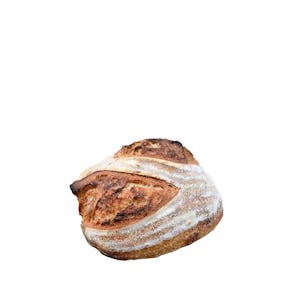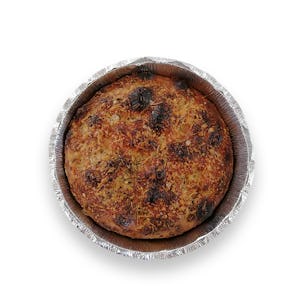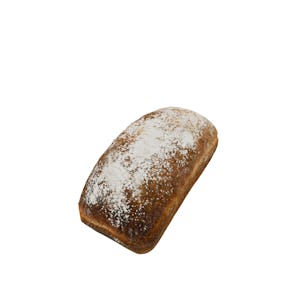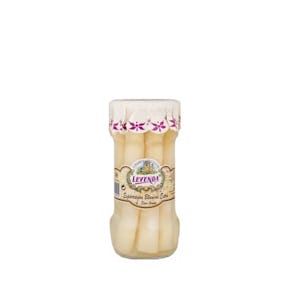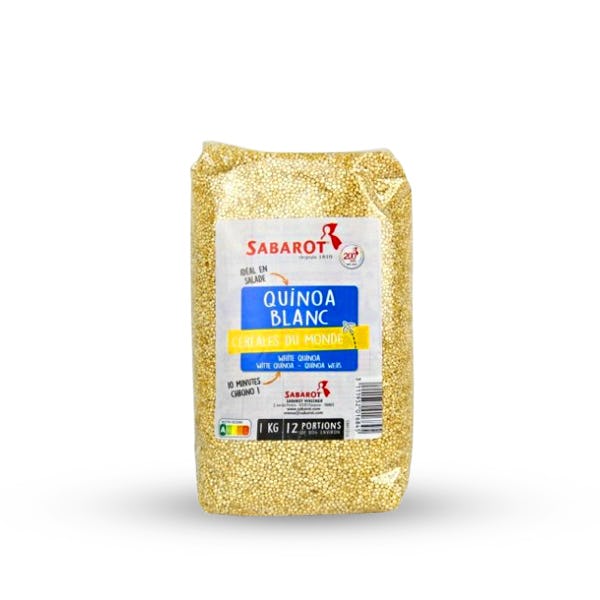
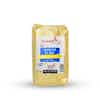
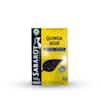
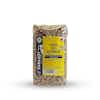
(Saturday Jan 10 , 2026)
TASTING NOTES FROM THE CURATOR
Quinoa is a pseudo-cereal. It’s not a grain, but a seed, and is touted as a very popular health food. For good reason. The United Nations has named it a “super crop,” able to grow in poor soil without fertilizer or irrigation.
Its texture is somewhat similar to brown rice crossed with oatmeal. It’s fluffy, crunchy, creamy, and nutty all at once. It’s also very versatile, a great alternative to rice, and actually not that complicated to prepare.
It’s also incredibly healthy. It’s one of the few plan foods that contain sufficient amounts of all the nine essential amino acids. It’s also very high in fiber, as well as containing iron, potassium, vitamin B, calcium, vitamin E, and antioxidants. It helps in controlling cholesterol and glucose levels, as well as boosting metabolism.
PREPARATION AND PAIRINGS
You can use quinoa in your salads, or as a substitute for rice and pasta. It tastes great with fish, meats, poultry, and vegetables!
But how do you cook quinoa? It’s pretty similar to how you’d cook rice, actually. You also have to rinse it before you put it on the stove. And all it really takes is water. But, if you put too much water, the quinoa gets mushy and unappealing. But not enough water, and it ends up very dry. A great sweet spot for the water to quinoa ratio is 1¾ cup water to 1 cup quinoa. Once it boils, reduce the heat and let it simmer for about 15 minutes. Then remove it from the heat and let it rest for 10 minutes. Fluff it up with a fork once ready.
Here’s a great and simple quinoa salad recipe:
- • Let your cooked quinoa cool while you make the dressing.
- • Mix together hummus, minced garlic, balsamic vinegar, lemon juice, and some olive juice (take it from your jar of olives)
- • In a large bowl, toss together your cooled quinoa, drained and rinsed garbanzo beans, sliced cherry tomatoes, sliced red onions, chopped cucumber, some crumbled feta, and some pitted olives.
- • Drizzle the dressing over your quinoa salad, toss, and serve! Enjoy!
ALMOST LOST
Quinoa is an ancient food, dating back to the Incas in Bolivia, Chile, and Peru. It was a staple in Incan cuisine, and a primary food source for their descendants, the Quechua and Aymara people. The Incans considered it sacred, calling it “chisaya mama,” or “mother of all grains.”
It was nearly lost in obscurity when in 1532, Spanish conquistador Francisco Pizarro resolved to destroy everything about Incan culture, which included destroying the quinoa fields. Thankfully, a small amount survived in the mountains, and in the 1970’s, it was reintroduced to the modern world.
Storage Instructions
Store your uncooked quinoa in a tightly closed container in the pantry. If moisture is kept out, the maximum storage time for good flavor is 1 year.


